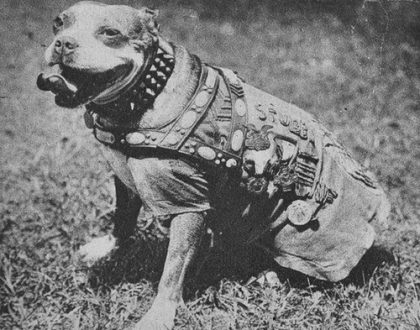Does your dog have allergies?

|
Marley, a Springer Spaniel, was always licking and chewing at her feet. Her owner, Lin, didn’t know what to do about it, but she knew it was driving her 3-year-old dog crazy (not to mention turning Marley’s snow-white feet dark burgundy). Lin decided to take her suffering spaniel to her veterinarian for some answers.Lin had guessed Marley chewed at her feet because they itched so much. Was Marley having a reaction to something she stepped in? Did she have bug bites? What Lin didn’t know until she saw her veterinarian was that itchy feet is actually a classic symptom her pet is suffering from an allergy to pollen. Like Lin, many animal lovers don’t know the signs of pet allergies because dogs and cats show different reactions to some of the same things we’re allergic to. Grass pollen, for example, made Lin sneeze and her eyes water. That same pollen, it turns out, made her spaniel’s feet itch. Depending on the type of allergy, your pet may exhibit different symptoms. Although pets occasionally exhibit watery eyes and some sneezing, the most common reaction is scratching. Constant scratching may lead to raised infected welts, open sores, and loss of hair. Ear infections are also common in dogs with allergies. Pets who are affected by allergies may suffer their entire lives; typically symptoms worsen as they get older. We can help alleviate some of that suffering by knowing the signs of allergies and finding the right type of product relief for the symptoms. Types of Allergies That Affect Pets Atopy Atopy is the most common form of allergy in dogs and cats. Atopy is often seasonal. If a pet is allergic to ragweed, symptoms occur in the fall. Pets who are allergic to spring tree pollen will show signs in April and May. If a pet is allergic to dust mites, the symptoms may be most dramatic in the winter, when more time is spent inside. Signs of atopy include:

Contact Dermatitis
Food Allergies
Occasionally, dogs with true food allergies may have increased bowel movements and soft stool. Food allergies should not be confused with food intolerances, which are not true allergies, and generally cause diarrhea and vomiting. Watching your pet go through the misery of allergy symptoms can be miserable in itself. If you suspect your pet has allergies, visit your veterinarian. The type of allergy and severity of the symptoms will determine how your veterinarian decides to treat them.
|
|||||
|
|||||
this article reprinted from: http://www.drsfostersmith.com
top image source: Public Domain Image




